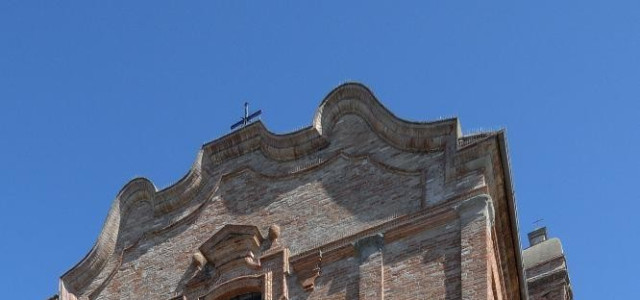Destinazioni - Comune
Umbertide
Where
Umbertide (Perugia)
Umbertide is a town and comune (township) of Italy, in the province of Perugia in northwestern Umbria, at the confluence of the Reggia river and the Tiber. It is 30 km (19 mi) North of Perugia and 20 km (12 mi) South of Città di Castello. With 16,890 inhabitants according to the 2011 census, Umbertide is one of the larger towns of Umbria; and basically flat, which is relatively unusual for the region. It is an important regional industrial center producing machine tools, farm machinery, textiles, packaging material, and ceramics.
History
Umbertide or the surrounding area was inhabited in pre-Roman and Roman times. At the top of Monte Acuto has been discovered an umbrian fortification ("castelliere"). The nineteenth‑century archaeologist Mariano Guardabassi even attributed a small building at Lame, about 1 km from the center of the modern town, to the Etruscans, although this is by no means certain The Roman town of Pitulum, destroyed by Totila in the mid-6th century, may account for Roman remains in S. Maria delle Sette. In its present incarnation, Umbertide was founded in the 8th or 10th century, depending on the scholar; its original name was Fratta, and it received its present name in 1863 in honor of then Crown Prince Umberto and Uberto or Umberto Ranieri.
Main sights
Although there are remains of the medieval walls, a few medieval houses, and part of the Rocca, or citadel, many of Umbertide's best monuments are of later periods. The main church in town is the collegiate church of S. Maria della Reggia, often referred to simply as the Collegiata: it is an octagonal 16th century brick building topped by an elegant cupola, housing a few paintings by Niccolò Circignani. S. Maria della Pietà, with the attractive funerary chapel of the counts of Sorbello, is late medieval and Renaissance. The seventeenth‑century church of S. Croce houses a museum with a good collection of paintings, including a Deposition by Luca Signorelli. The largest church, S. Francesco, is Gothic: in the early 21st century it was undergoing a major restoration that promised to be protracted. The twentieth‑century church of Cristo Risorto is also noteworthy.
Beyond the city limits, the township's principal monuments are:
the castle of Civitella Ranieri, 5 km (3 mi) NE, one of the best-preserved medieval fortresses in Umbria.
the abbey of S. Salvatore di Montecorona 4 km (2.5 mi) S, which has a beautiful eleventh‑century crypt with early Romanesque capitals and naïve 18th century painted ceilings.
the medieval castle of Polgeto
the abbey church of S. Bartolomeo de' Fossi, sited on a sharp ridge with distant views on either side
the walled medieval village of Borgo Santa Giuliana
References
External links
Official Site
Bill Thayer's site
(Incorporates text from Bill Thayer's site, by permission.)



